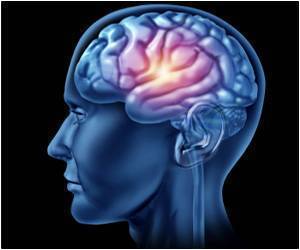Researchers now say that a region in the brain responsible for imitation may be behind the unique quality to sympathise for others and help the
Researchers now say that a region in the brain responsible for imitation may be behind the unique quality to sympathise for others and help the needy.Neuroscientists searching for roots of empathy have now found brain regions involved in learning by imitation. They have also identified a network of brain regions that are involved in human imitation and specific brain areas that enable a person to distinguish the self from others.
The research, done by a French and American team of social-cognitive neuroscientists, is part of a larger effort to find the neurological basis of social interaction, particularly empathy, a basic part of human nature that allows most, but no all people to care about others. This work is important because imitation is a natural procedure. We don’t learn to imitate. It is part of our biological nature and weare born to imitate.A 3-year old feels empathy and will pat another child in the shoulder or comfort his mom when she’s crying. Scientists now believe that empathy has roots early in life. It may be linked to imitation, which we know babies do from a very early age. Researchers used positron emission tomography (PET) to explore the neural mechanisms of imitation by measuring increases in blood flow in the brain. In the study where researchers looked at imitation, they discovered a consistent pattern of increased brain activity involving the superior temporal gyrus, as well as differential activity in the two hemispheres within the inferior parietal cortex when imitation was involved. The left inferior parietal cortex showed increased activity when the subjects were imitating another person.









